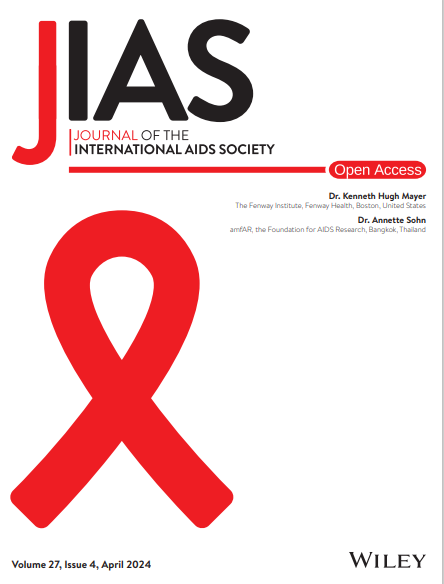Seizing the moment: the potential of PrEP choice and innovation to transform HIV prevention
Abstract
Introduction
The potential of pre-exposure prophylaxis (PrEP), as a highly effective and empowering HIV prevention intervention, has not yet been realized. Despite the recent acceleration in the scale-up of oral PrEP, there is a substantial unmet PrEP need, and the world is not on track to meet the 2025 prevention targets. New PrEP products, and service delivery approaches, could support greater access, uptake, persistence and effective use. This commentary discusses how offering choice in PrEP products and service delivery innovations could transform global HIV prevention efforts.
Discussion
Although oral PrEP accounts for almost all PrEP use to date, slow rollout and challenges in effective use and persistence have limited the global impact. Innovative products like long-acting injectable cabotegravir and injectable lenacapavir can overcome some of the challenges associated with oral PrEP. Expanding PrEP choices is also essential for addressing diverse individual preferences and maximizing prevention outcomes. Real-world evidence suggests that offering increased options can drive demand and increase coverage of prevention.
Equally critical is tailoring service delivery through differentiated service delivery (DSD) models that prioritize accessibility and user needs and preferences, including integration of PrEP within other valued services. DSD models, including peer-led, pharmacy-based and telehealth approaches, have demonstrated success and acceptability for oral PrEP, but innovation is needed to adapt to long-acting injectable options. For example, regulatory and policy support are essential to support task-sharing with community health worker involvement may enable broader reach.
Programmatic challenges, including PrEP product and service delivery costs, updating monitoring and evaluation and ensuring stakeholder support, must also be addressed. Scaling up new PrEP products using a precision prevention lens could help to optimize approaches for achieving impact.
Conclusions
The new era of PrEP choice, with new long-acting PrEP products and DSD options, presents countries with an extraordinary opportunity to amplify prevention access, achieve higher prevention coverage and drive the meaningful reductions in new HIV acquisitions needed to end the HIV epidemic. Without coordinated and concerted efforts within countries and supported at the global level to leverage choice and embed it within the HIV prevention response, we risk prolonging the HIV epidemic.

 求助内容:
求助内容: 应助结果提醒方式:
应助结果提醒方式:


